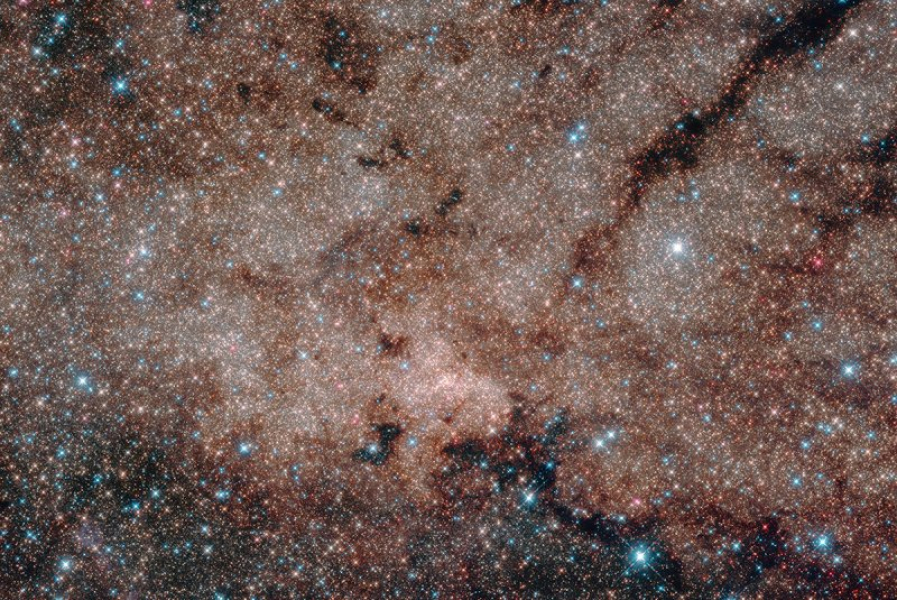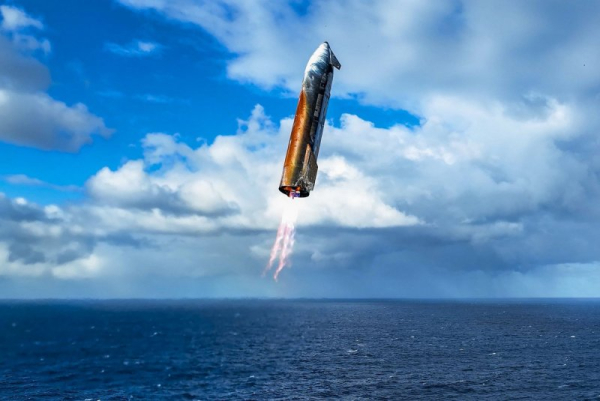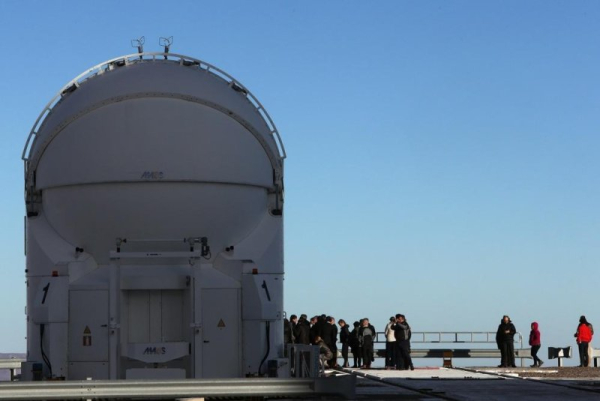
NASA's James Webb Space Telescope has found evidence of a massive planet orbiting a star in the solar system closest to Earth, the administration said Thursday.
The Alpha Centauri triple star system, four light years away, has long fascinated scientists looking for life on other planets. The researchers say this discovery represents a significant step in their search.
“While three planets have been confirmed orbiting Proxima Centauri, establishing the existence of other worlds around Alpha Centauri A and Alpha Centauri B has proven challenging,” NASA said in a press release.
Alpha Centauri A, Alpha Centauri B, and the dim red dwarf Proxima Centauri form the Alpha Centauri system, which is clearly visible in the southern sky.
The discovery, reported Thursday, is the strongest evidence yet for a gas giant orbiting the star Alpha Centauri A, and has been accepted for publication in the Astrophysical Journal Letters.
“If confirmed, this would be the closest planet to Earth known to be in the habitable zone of a star like our Sun,” NASA said in a press release. “However, because the proposed planet is a gas giant, scientists say it is not suitable for life as we know it.”
The James Webb Space Telescope was built to find the most distant galaxies in the universe, but operators had to adapt the device's “observing sequence” to search for a gas giant.
Sourse: www.upi.com





